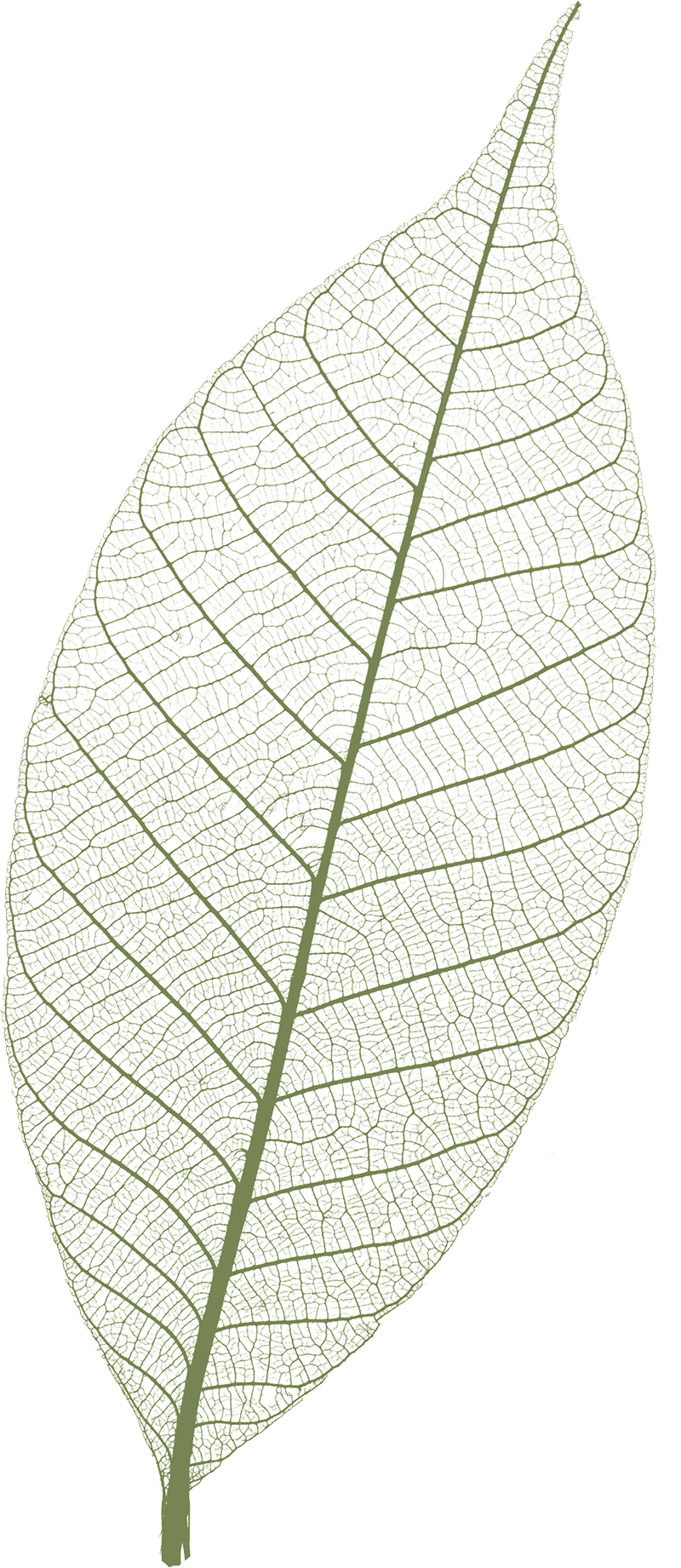
What To Do With Soil From Human Composting
By: Tom Harries
May 22, 2022 | Soil Transformation
3 min readSoil transformation is a natural, environmentally-friendly alternative to burial and cremation. Also known as natural organic reduction or human composting, it involves the gentle transformation of a body into nutrient-rich soil.
The end-result of the soil transformation process is healthy soil which can be used for a variety of conservation and memorialization purposes.
This article suggests and explains different ideas for using this healthy soil. We hope this will help families and friends to find the perfect way to honor and remember their loved ones. Examples cover ideas for planting, scattering and donating to conservation efforts.
Planting Ideas
Using the soil from soil transformation to plant flowers, plants or a tree can be a beautiful and enduring way to commemorate a loved one. Many people like the idea of their body becoming a tree after death. Soil transformation is the option that most meaningfully achieves this.
Plant A Memorial Garden At Home
One option is to plant a memorial garden at home and use portions of the soil to nourish this. The visual beauty and seasonal variation of plants can serve as an engaging memorial. The time that needs to be spent planting and maintaining can also be a great way to connect with memories and honor someone.
If you have time to care for the garden throughout the year, it is worth thinking about the different seasons. Using plants with different bloom times can keep the garden full of color for long stretches of time.

For spring, you might consider colorful flowers such as tulips and daffodils, as well as other flowering plants like forsythias and ornamental cherry trees. Hydrangeas, roses and petunias flourish during the summer months, and many different plants can provide warm autumnal colors in colder parts of the year.
Plant A Commemorative Tree
A family might consider using the soil while planting a single, dedicated tree. In choosing a tree type, you might wish to consider the symbolism of the choice, alongside the more obvious practical considerations. Different trees are said to connote different qualities and emotions, such as strength and hope.
An alternative to planting a new tree is to use the soil to nourish an existing tree, which in some cases may have more significance to the deceased.
Scattering Ideas
Another memorialization idea is to scatter the soil, in a similar manner to the scattering of cremation ashes. There are different possible locations for scattering, and different forms of ceremony to accompany.
One option is to contribute to a scattering garden. These are dedicated areas for scattering cremation ashes, which are usually beautifully landscaped. While it is prudent to check with the specific memorial garden first, this is an option that is encouraged for soil as well as ashes.
A family may wish to scatter soil at a natural landmark or a place of special importance to their loved one. This could perhaps be somewhere local to their home or somewhere they enjoyed visiting.
Some families may choose to keep this a very private process, but others may wish to invite friends and members of the wider family. This could be an event around which to base a memorial service or celebration of life ceremony.
Ideas For Donating Soil To A Conservation Effort
Healthy soil is vitally important for the environment. As a result, the nutrient-rich soil produced by soil transformation can be put to valuable use towards conservation efforts.
One of the big appeals of soil transformation is its environmental credentials. Using the soil output for conservation purposes helps maximize the positive impact of the process, which is an attractive option for many of the nature lovers that opt for soil transformation.

At Earth, our soil transformation process produces one cubic yard of healthy soil. As this a lot for most families, we send the remaining soil to our conservation sites, where it is used for land restoration projects including reforestation, erosion control and restoring soil health.
Read more about Earth’s unique service and its conservation sites.
Get a quote in seconds.
Explore
Soil transformation is an increasingly popular alternative to traditional funeral practices. It is the option for nature lovers, conservationists and those of us who want to protect the planet for future generations.
The soil produced can be used both as a beautiful, personalized memorial to a loved one and as an important contribution to conservation work.
If you found this article helpful, you can read more of our resources, covering a variety of topics including end-of-life planning, green funeral practices and soil transformation.







